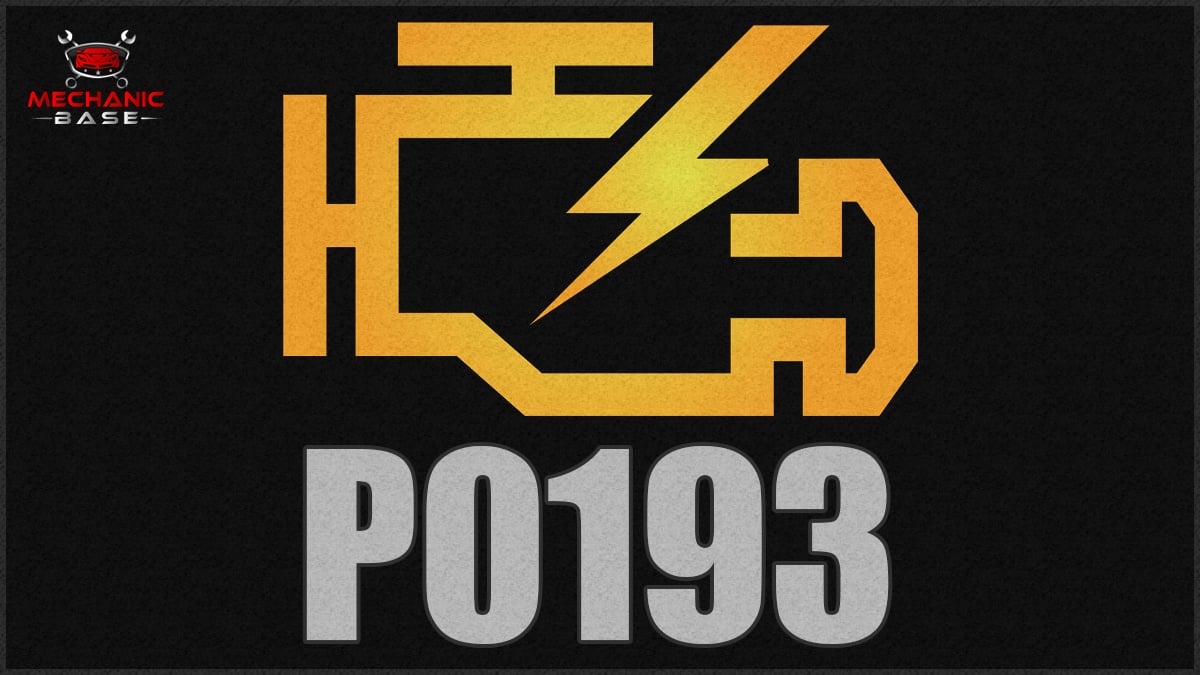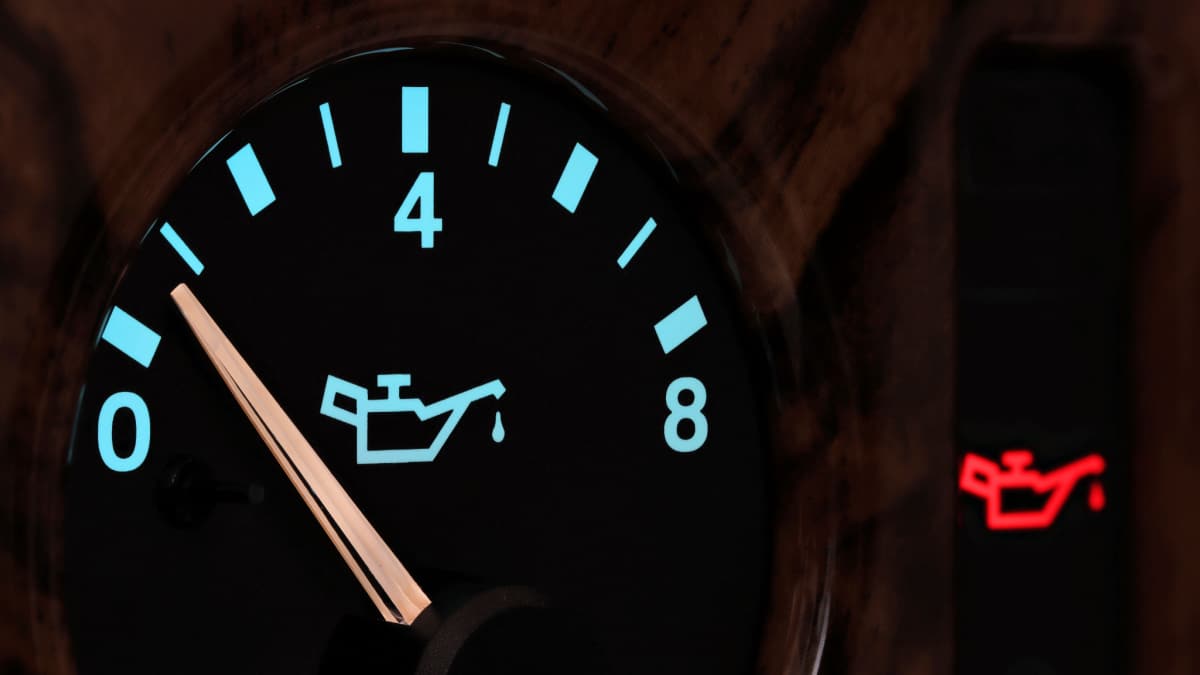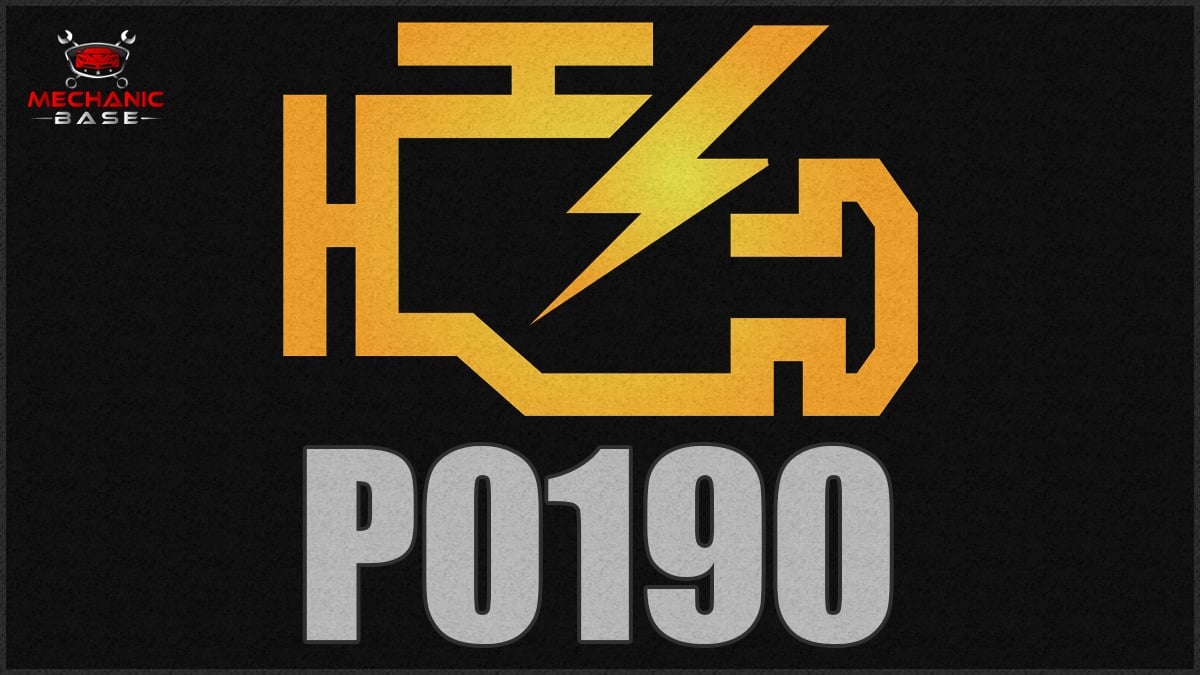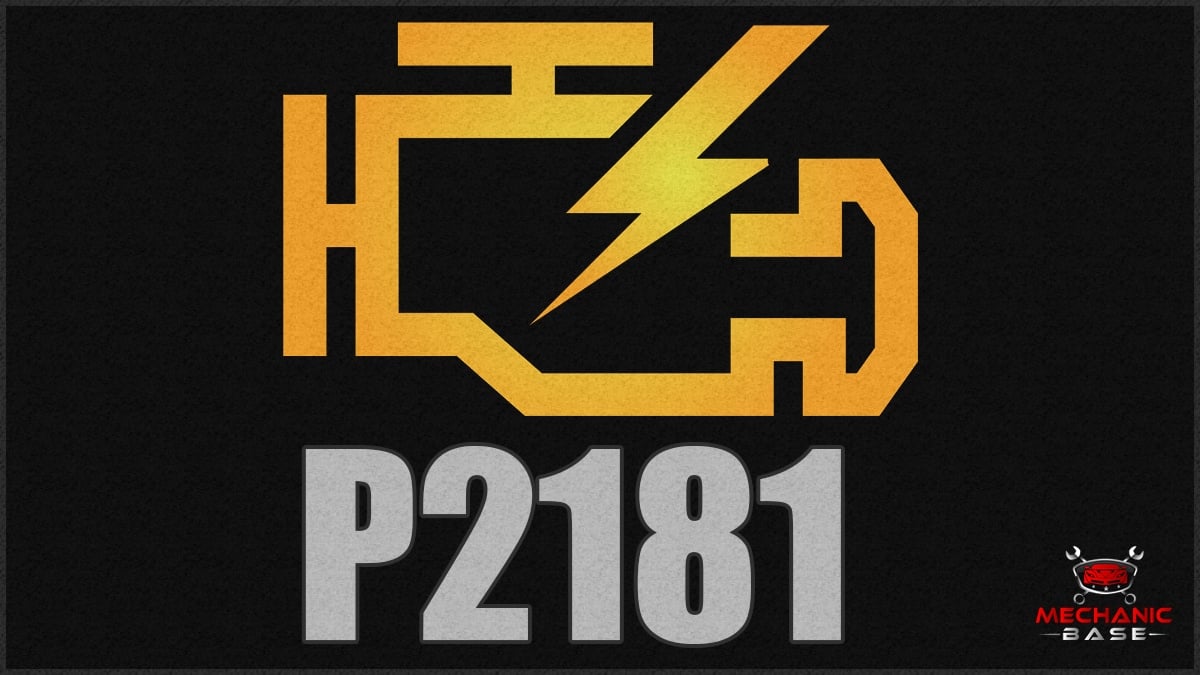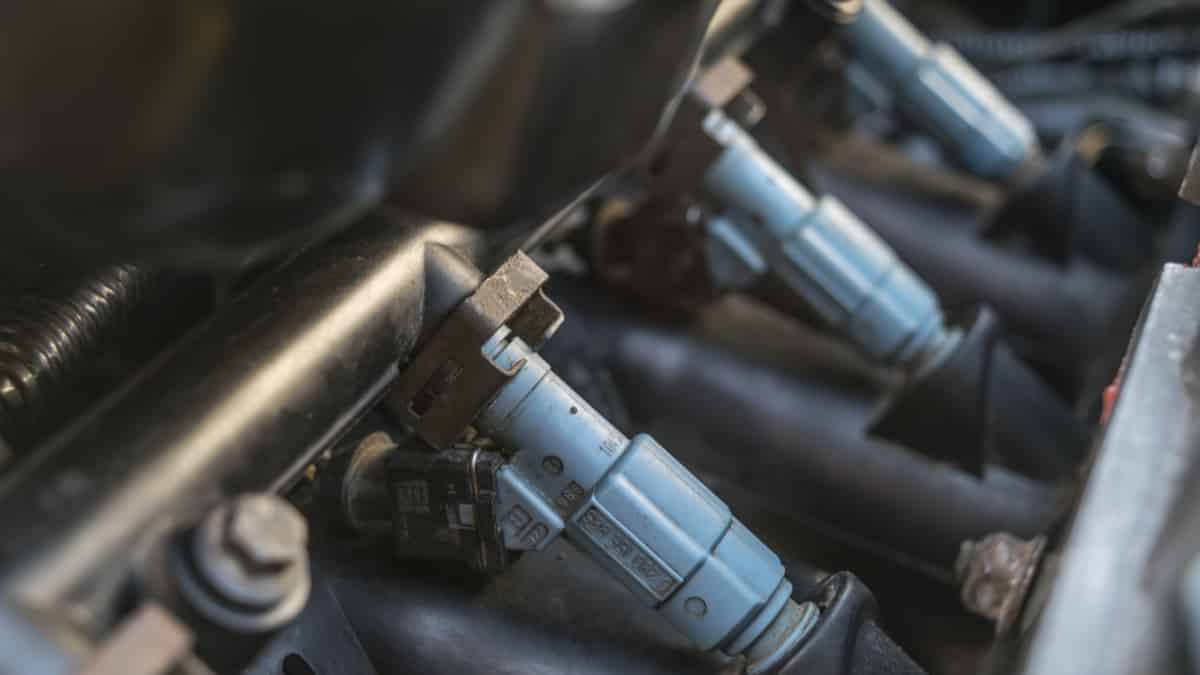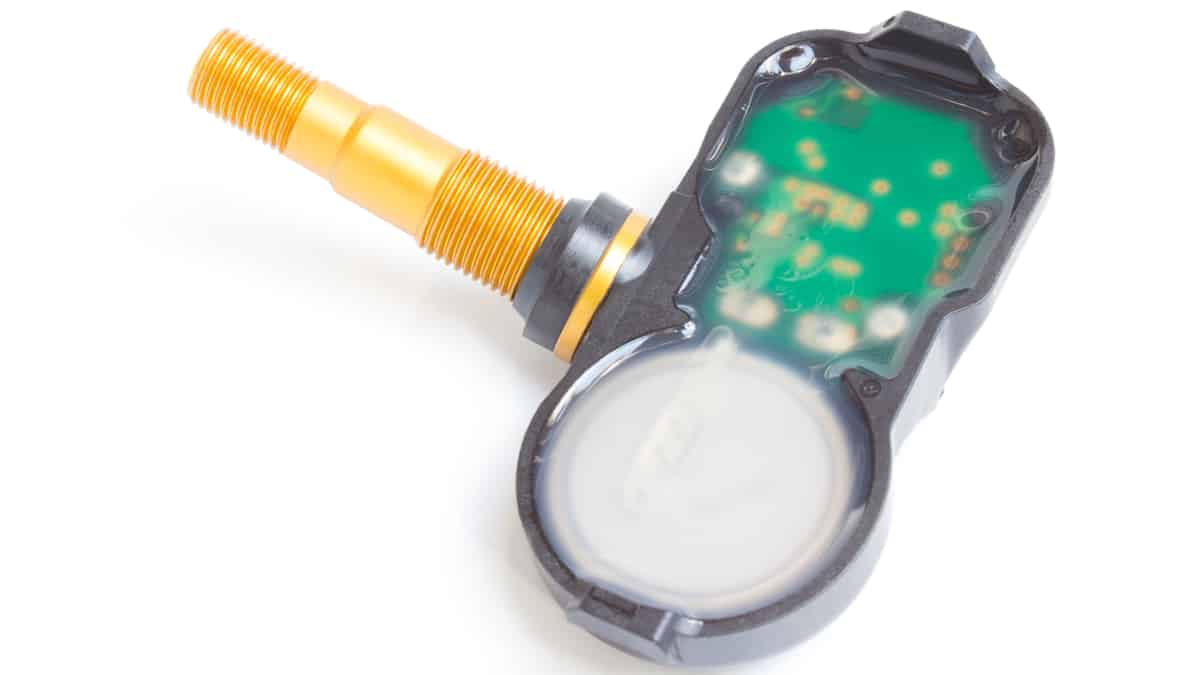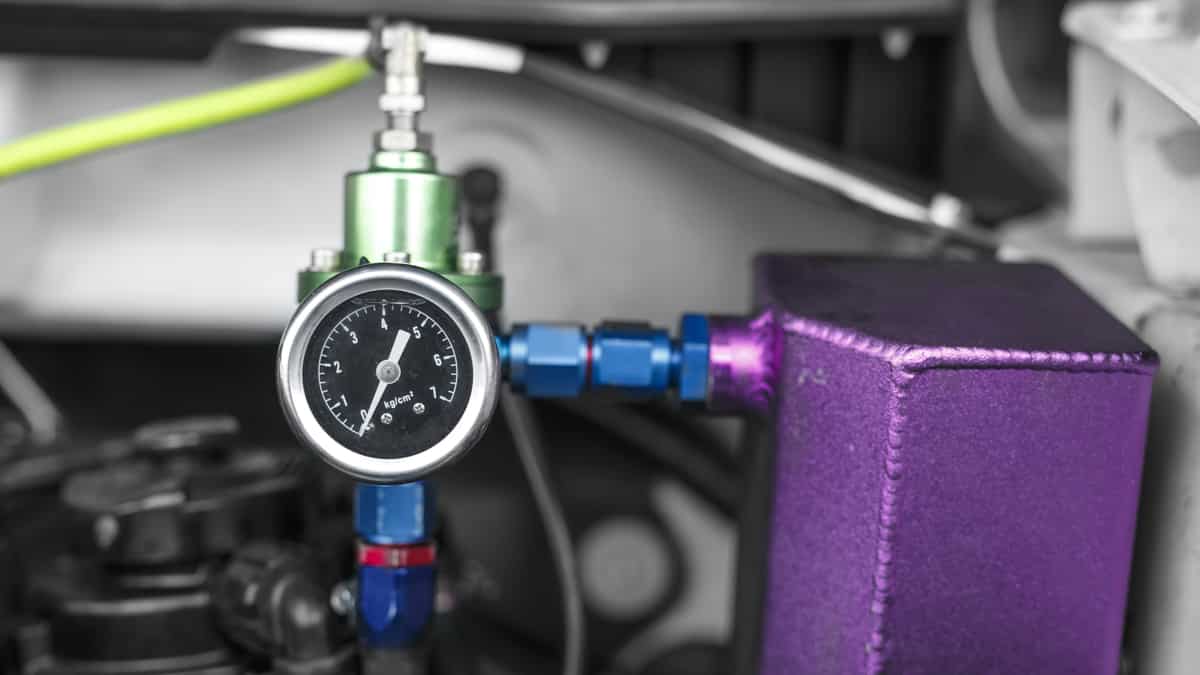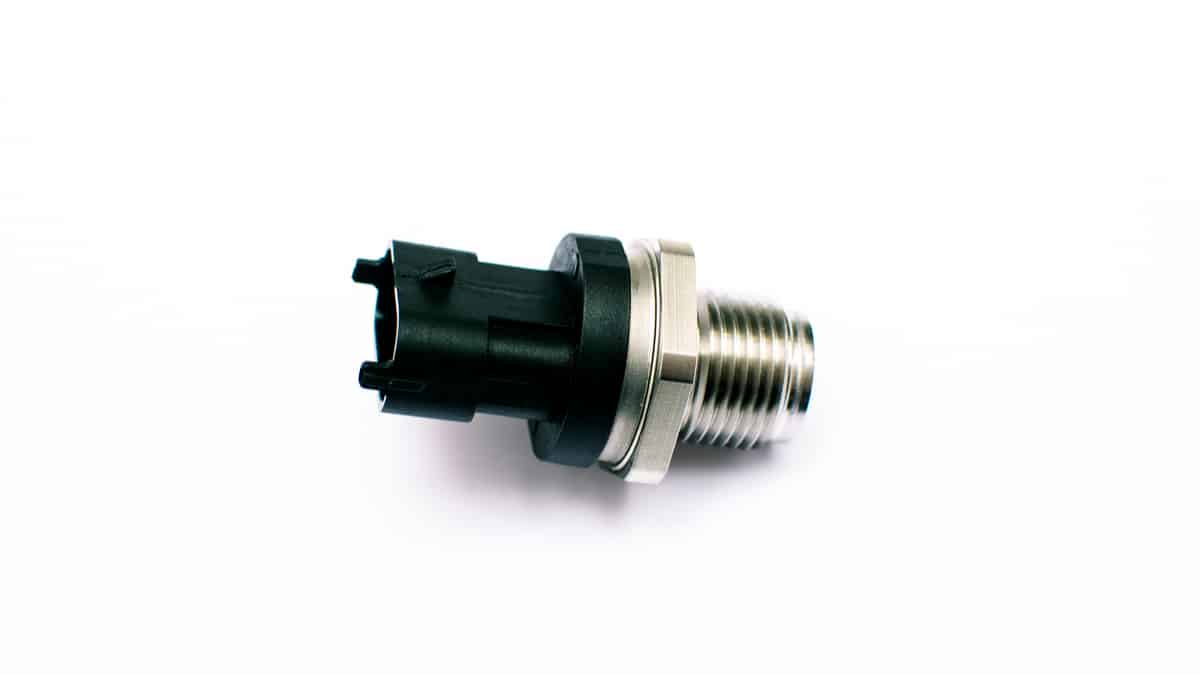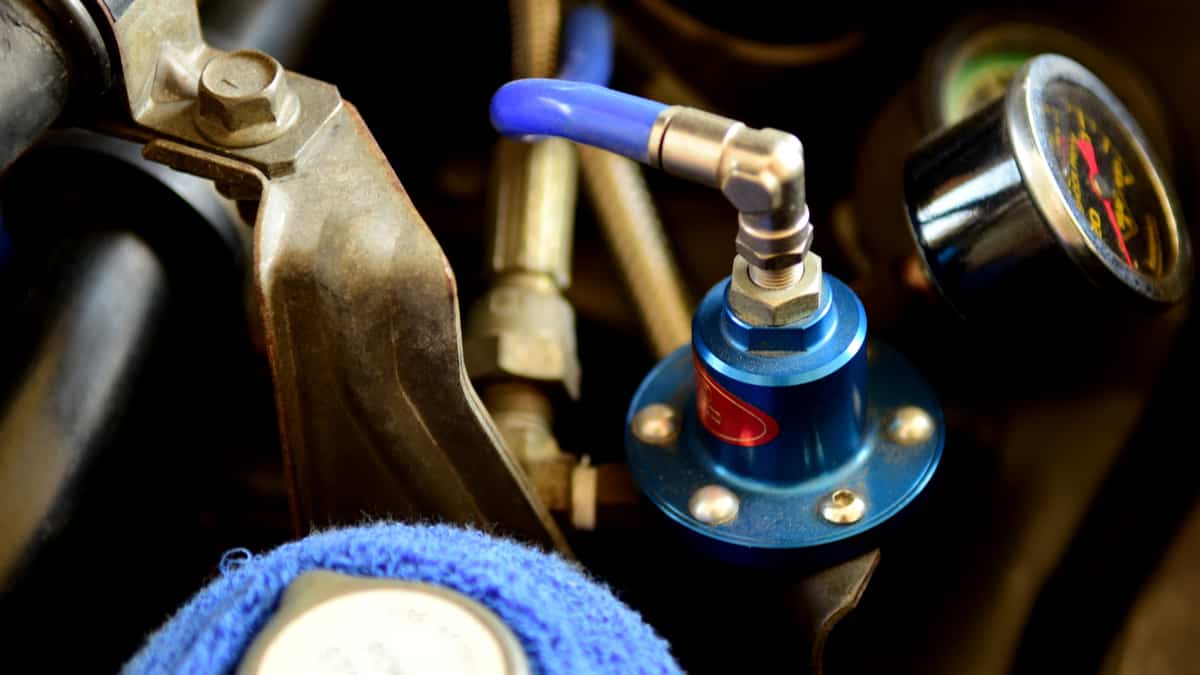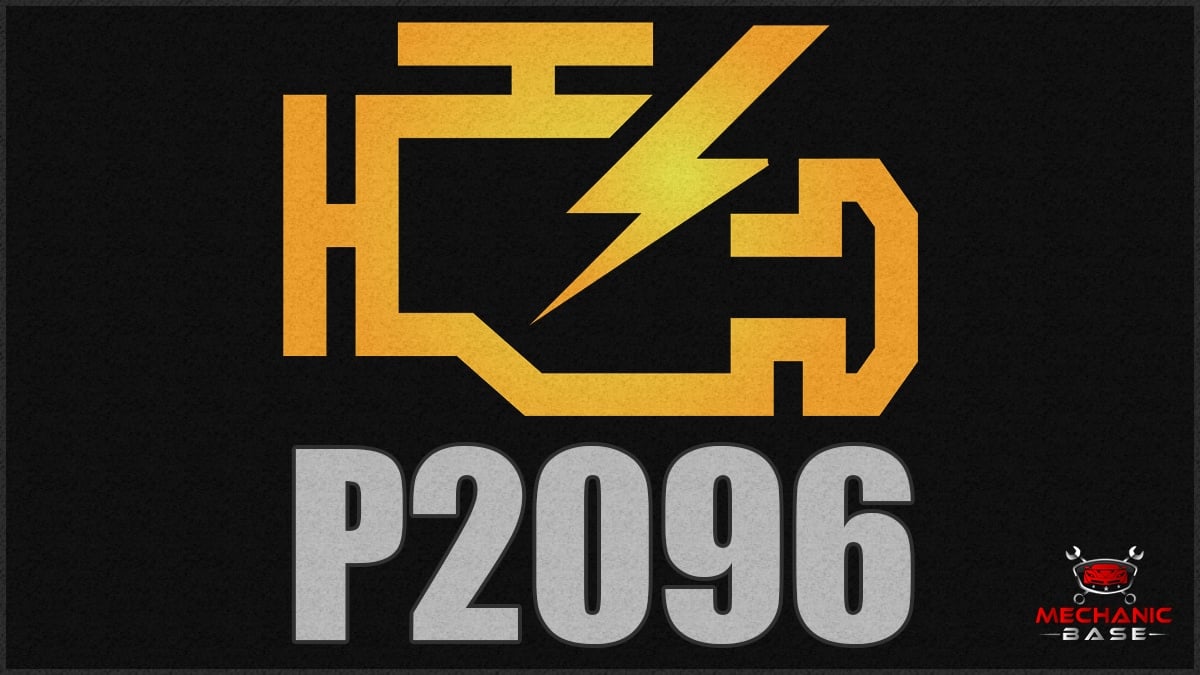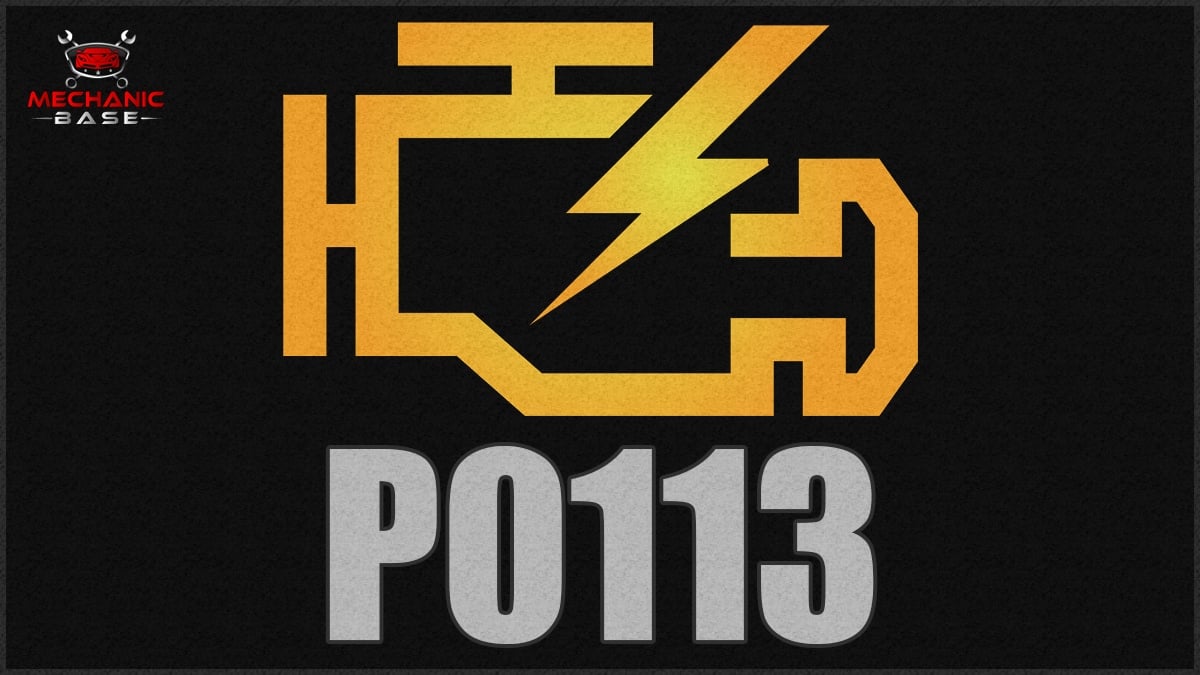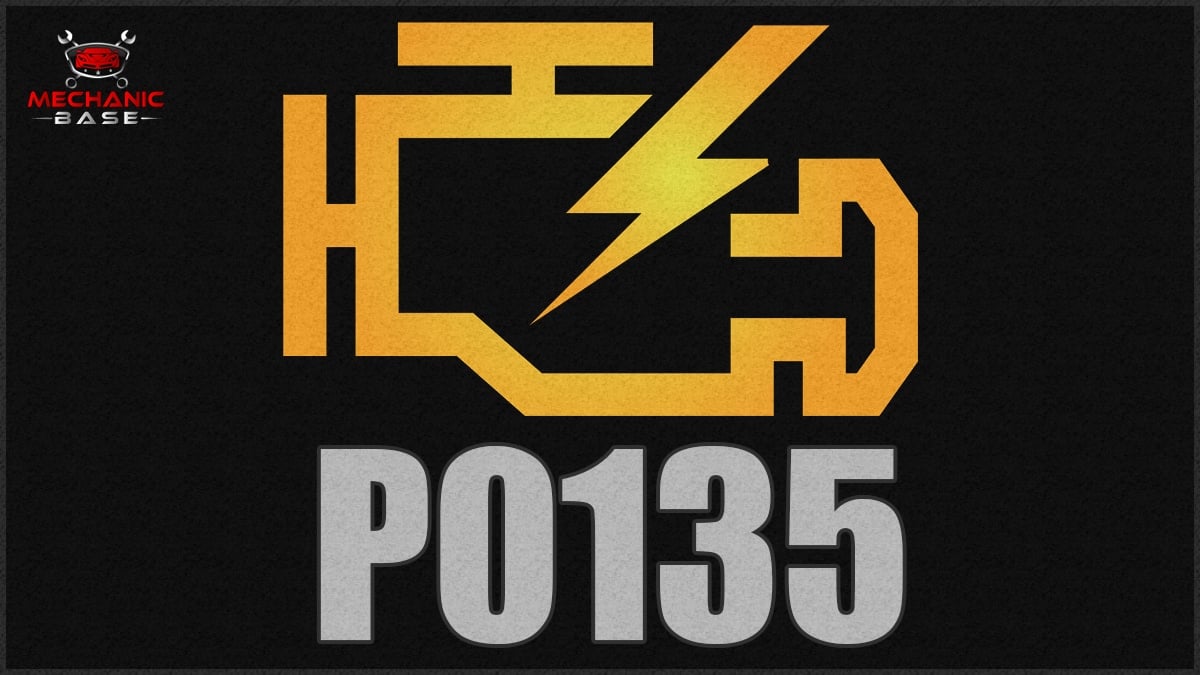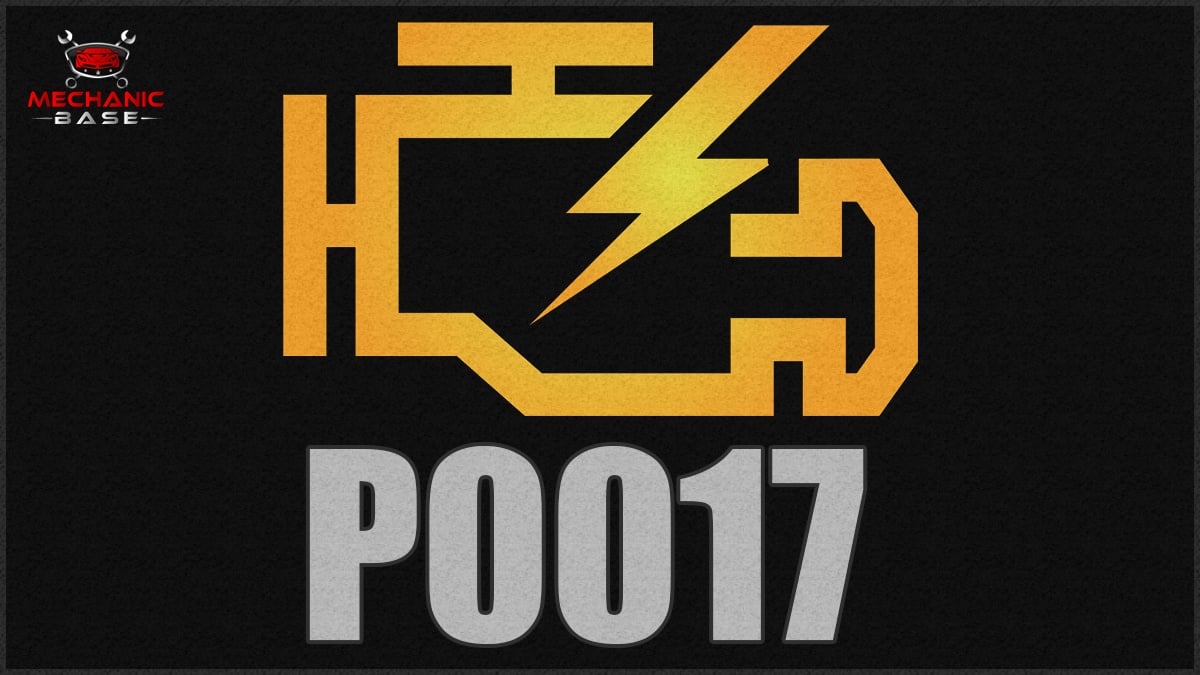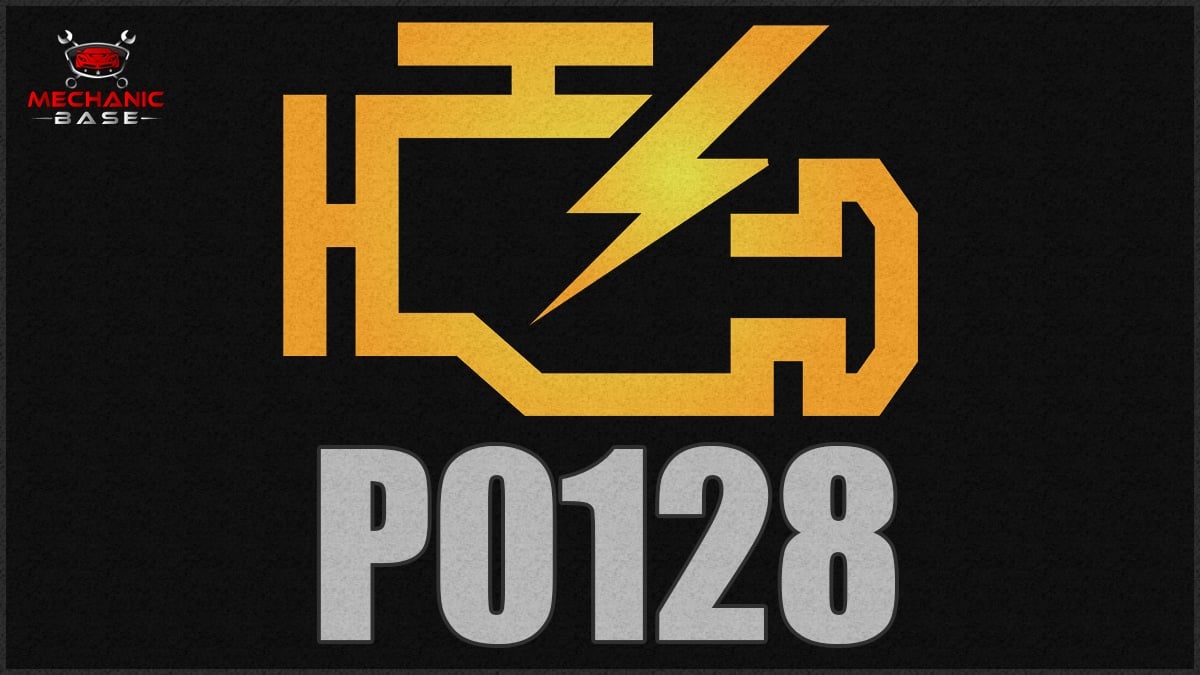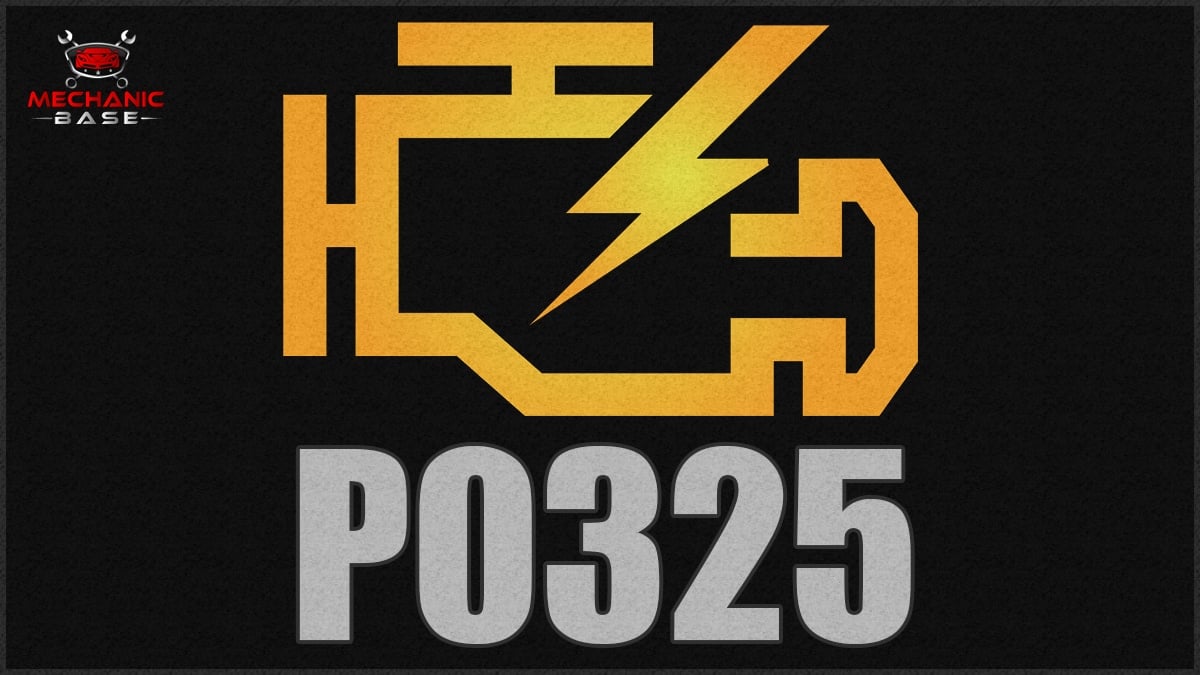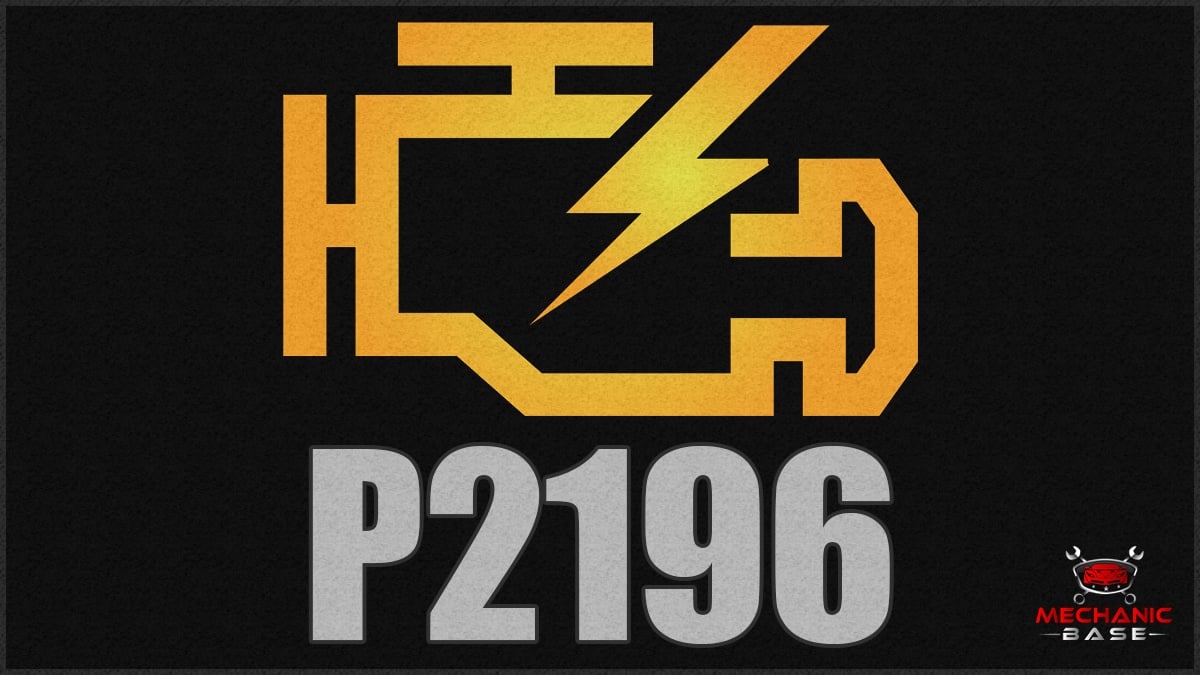The P0193 trouble code gets stored in the trouble code memory when the engine control unit recognizes a too high signal from the fuel rail pressure sensor.
There could be some different causes of this, and in this article, you will learn what you need to know about the P0193 trouble code.
Code P0193 Definition
Fuel Rail Pressure Sensor – Circuit High Input
What does the P0193 code mean?
The P0193 code indicates that the engine control unit gets a too high signal from the fuel rail pressure sensor. It means that the signal is above the pre-calibrated limit for a pre-calibrated time made by the manufacturers.
Technically, it can mean that either the fuel pressure is too high or there is a problem with the signal from the fuel rail pressure sensor.
P0193 Trouble Code Symptoms
In most cases, when you experience the P0193 code, you will most likely only see the check engine light on your dashboard. It can also be that the engine is running too rich, and this will cause the car to have performance issues and black smoke from the exhaust pipe.
The symptoms of code P0193 include:
- Check Engine Light
- Lack of power
- Hard starting condition
- Black smoke from the exhaust
- Performance Issues
Causes of the P0193 Code
In most cases, the P0193 code will be caused by a faulty fuel rail pressure sensor or a broken wire. However, in some cases, the fuel rail pressure can actually be too high, caused by a faulty fuel pressure regulator or the vacuum hoses to it. The P0193 code may cause any of the following issues:
- Faulty Fuel Rail Pressure Sensor
- Faulty Fuel pressure sensor wirings
- Faulty Fuel pressure sensor connectors
- Faulty fuel pressure regulator
- Leaking vacuum hoses to fuel pressure regulator
- Faulty ECU
How serious is the P0193 Code?
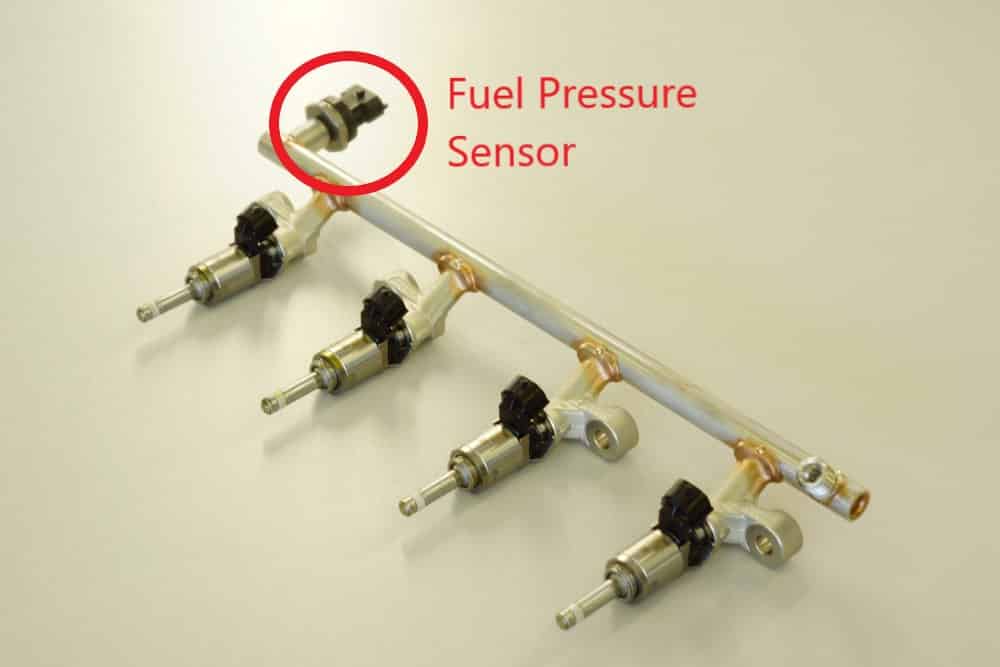
Medium – The P0193 code will most likely not cause any issues at all with your car except a check engine light on the dashboard. There could be a problem with the fuel pressure, though, which will cause performance issues with your engine. This can also cause damage to your engine in the long term.
When you see the P0193 code, you should drive to a workshop to fix it as soon as possible. Towing is most likely not required.
What repairs can fix the P0193 code?
- Replace the fuel pressure sensor
- Clean fuel pressure sensor connector plugs
- Repair fuel pressure sensor wirings
- Replace fuel pressure regulator vacuum hoses
- Replace fuel pressure regulator
- Replace Engine control unit
Common P0193 Diagnosis mistakes
The most common mistake when diagnosing the P0193 code is starting with fuel pressure-related issues.
In most cases, the P0193 code is related to a faulty fuel pressure sensor signal caused by a faulty sensor. In some rare cases, it can be a problem with too high fuel pressure.
Recommended Tools for Diagnosis

- Diagnostic OBD Scan Tool
- Multimeter
- Basic Hand Tools
- Auto Repair Manual
- Electrical Contact Cleaner
- Fuel Pressure Gauge
How to diagnose the P0193 Trouble Code
This is how a professional would diagnose the P0193 code. If you do not have the knowledge or do not have the right tools, you may have difficulty following this guide.
- Connect an OBD2 scanner and check for other related trouble codes.
- Check the fuel pressure signal in live data from your diagnostic tool on idle. Check if the pressure value changes while you rev up. If it stays still, it is most likely a faulty circuit to the sensor. If it moves but is too high with respect to the RPM, you most likely have a broken fuel pressure regulator or the vacuum hoses to it. Replace if necessary.
- Remove the connector plug from the fuel pressure sensor and check for any signs of corrosion.
- Check the wirings visually for any noticeable damages.
- Measure the fuel pressure sensor using the measuring diagram from your repair manual for your specific car model. Replace the sensor if faulty.
- Do the same measurement towards the sensor from the engine control unit plug. Repair wirings if you get any strange values from there, but the signals are okay when measuring on the sensor.
- Manually check the fuel pressure and replace the fuel pressure regulator or vacuum hoses if the pressure is too high.
- Replace the fuel pressure sensor even if you got an accepted test.
- Replace the engine control unit.
Estimated Cost of Repair
Here is a list of some common repairs associated with the P0193 code. The prices include labor and parts costs but do not include diagnosis costs.
- Fuel pressure sensor replacement – 40$ to 100$
- Fuel pressure sensor wiring repair – 20$ to 70$
- Fuel pressure regulator replacement – 50$ to 150$
- Fuel pressure regulator hose replacement – 10$ to 30$
How do I fix code P0193?
To fix the P0193 code, you’ll first have to find out what’s causing its signal to be too high, which is what this error means. In most cases, the fault will be due to a faulty fuel rail pressure sensor, its connector, or the wiring. Still, there is always a possibility the fuel pressure is actually too high. This can be verified or ruled out by measuring the fuel pressure using an external gauge.
Can you drive with code P0193?
Although your car may seem to run fine even when the P0190 trouble code is on, I wouldn’t recommend driving it like that in the long run. This code is triggered when the signal from the fuel pressure sensor, which is mounted on the fuel rail, is too high. Depending on what’s causing it, this may lead to performance issues, lack of power, or black smoke caused by the engine running rich.
How do you clear code P0193?
To clear the P0193 trouble code, start by determining what triggered it in the first place. In most cases, this will be an electrical issue with the fuel rail pressure sensor or its wiring. But the actual fuel pressure might be too high, as well. After pinpointing and replacing the faulty component, you’ll still have to delete the trouble code from the vehicle’s memory using an OBD2 scan tool.
How do you bypass a fuel rail pressure sensor?
You can bypass a fuel rail pressure sensor using ordinary LED test light. To do this, you’ll have to connect the alligator clip to the ground and then attach the test light’s probe to the signal wire at the sensor’s connector. Still, this only serves as a stop-gap solution, which will get you to the nearest service station or workshop.
Where is the fuel rail pressure sensor located?
As its name may suggest, the fuel rail pressure sensor is located on the fuel rail. This is, in essence, a thick metal tube with fuel injectors attached to it. On most engines, the fuel rail is somewhere on its intake side. And the corresponding sensor, which is usually the only electrical component on the fuel rail, will almost definitely be at its end.
The amount of fuel injected into the engine during combustion is determined by two factors: how long the fuel injector stays open, and at which pressure the fuel gets injected. To optimally balance the air-fuel mixture for the best possible performance, the vehicle’s ECU needs to accurately know how high is the fuel pressure at any given moment.
This is why all modern engines have pressure sensors on their fuel rails, which give away this vital information. If the ECU determines the signal from the fuel pressure sensor is too high, it will trigger a P0193 trouble code. This can be caused by a faulty fuel rail pressure sensor, wiring issues, or an actually too high fuel pressure.
Related P0193 Trouble Codes
P0190 OBD-II Trouble Code: Fuel Rail Pressure Sensor Circuit Malfunction
Categories: OBD Codes
